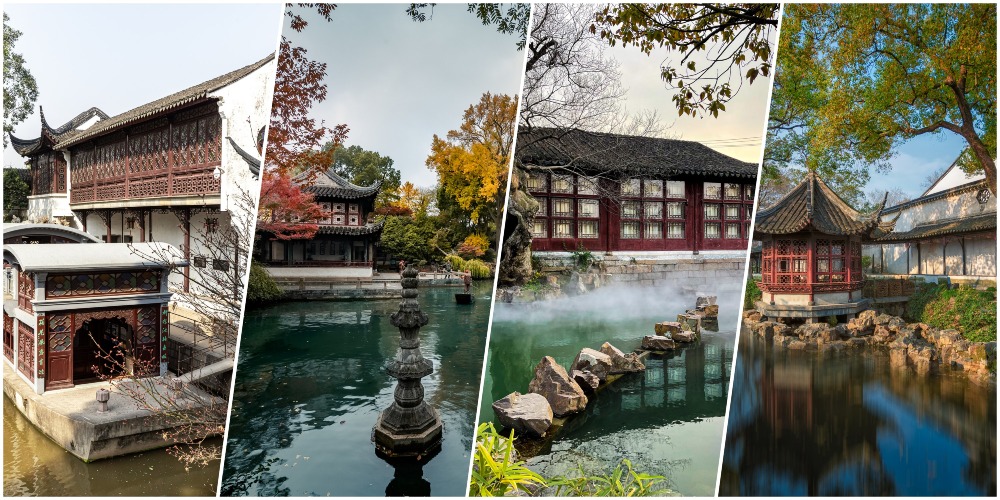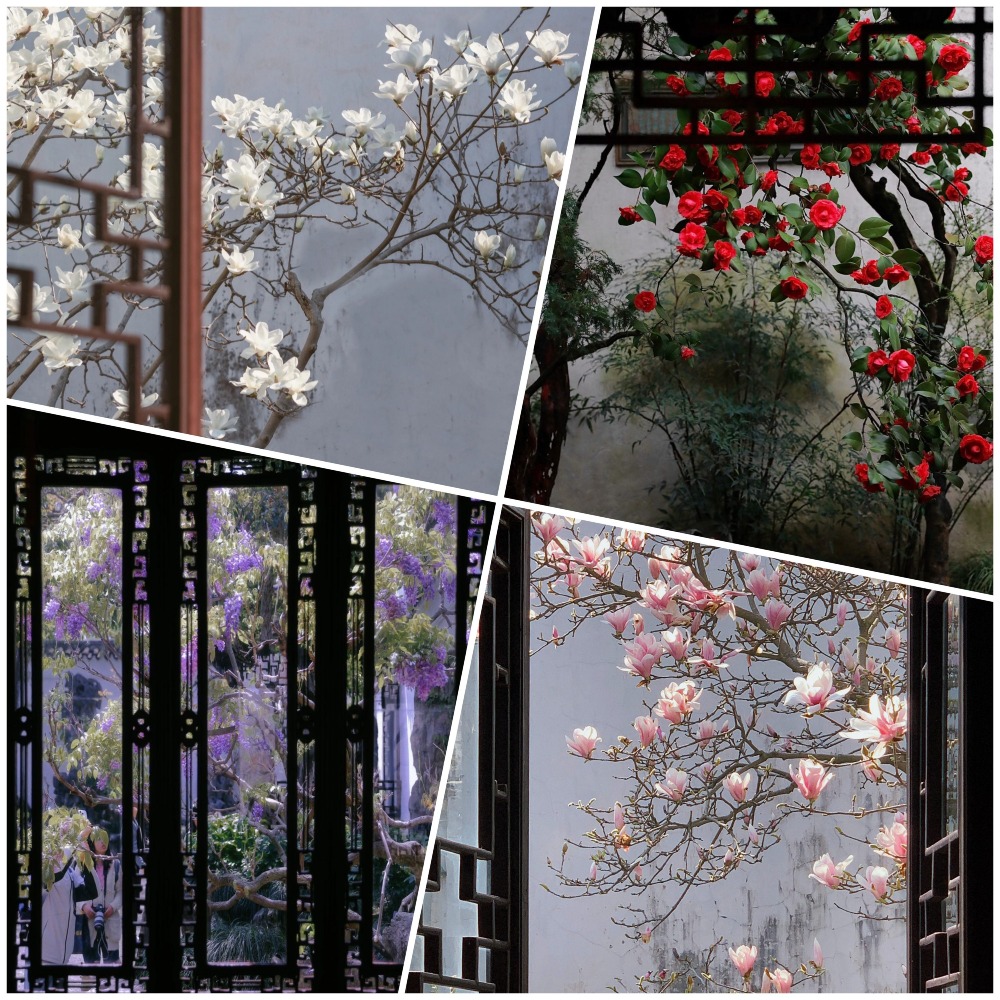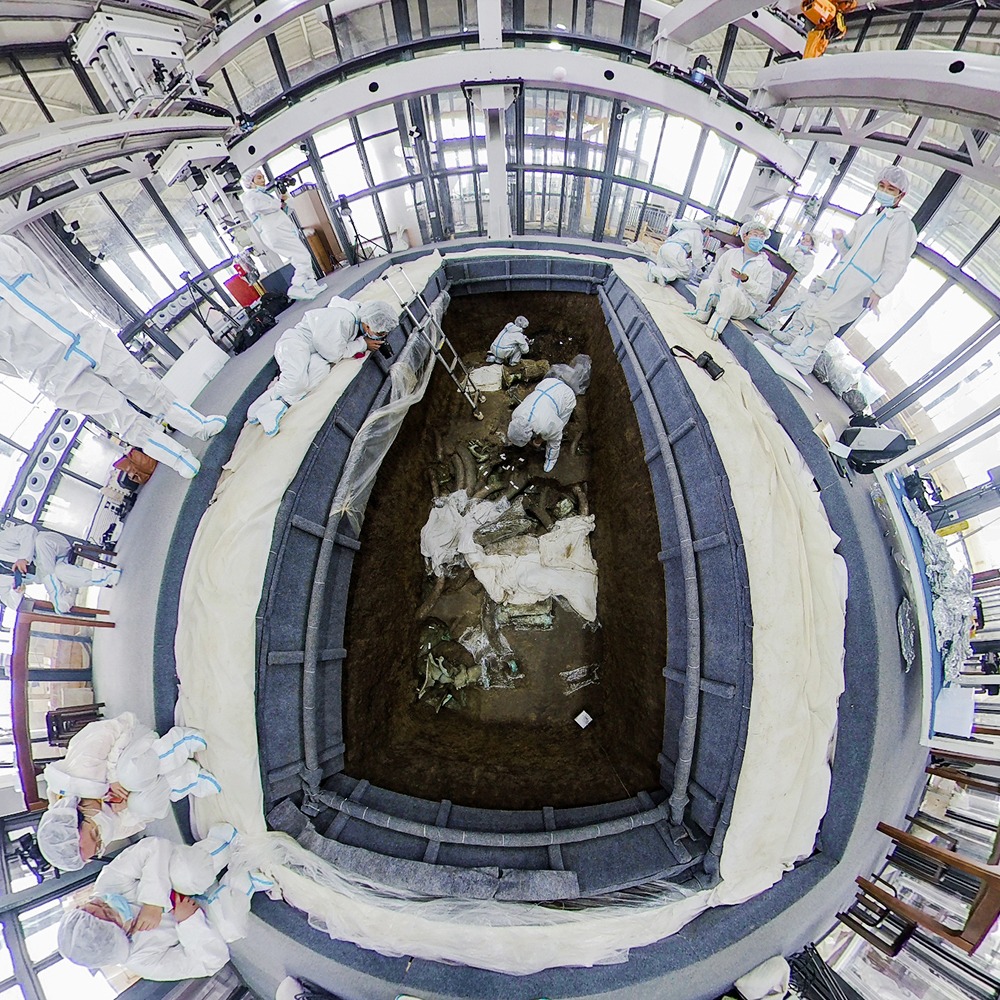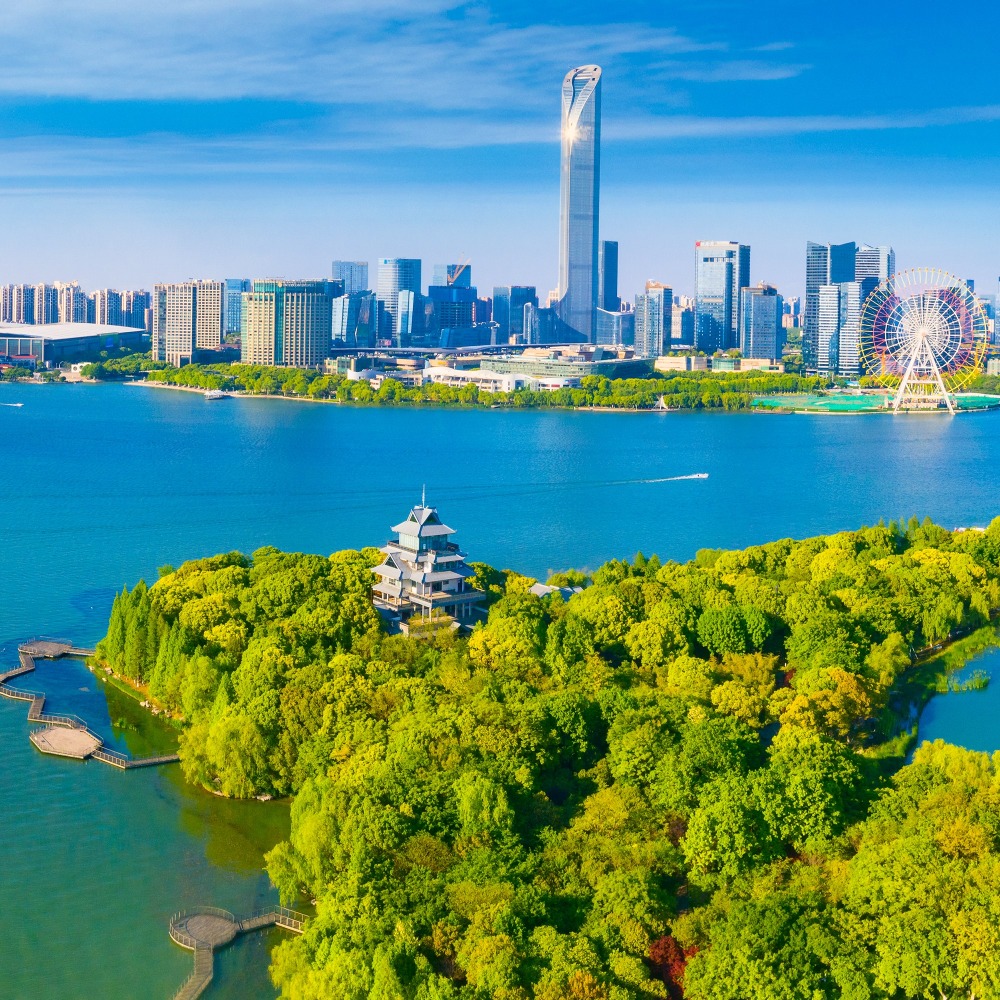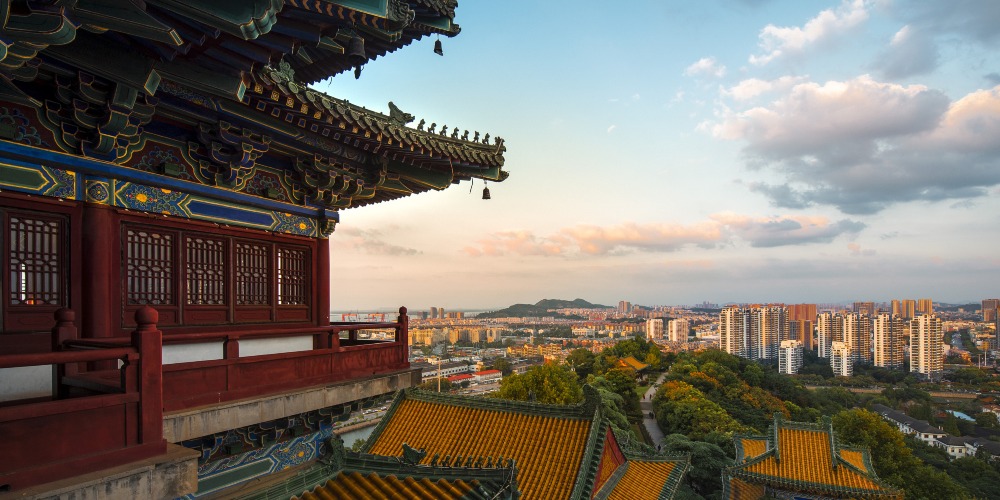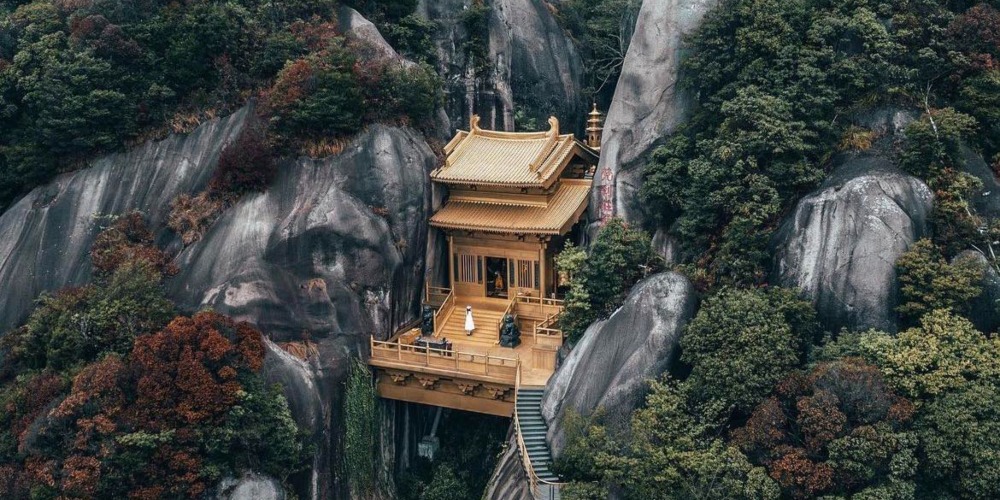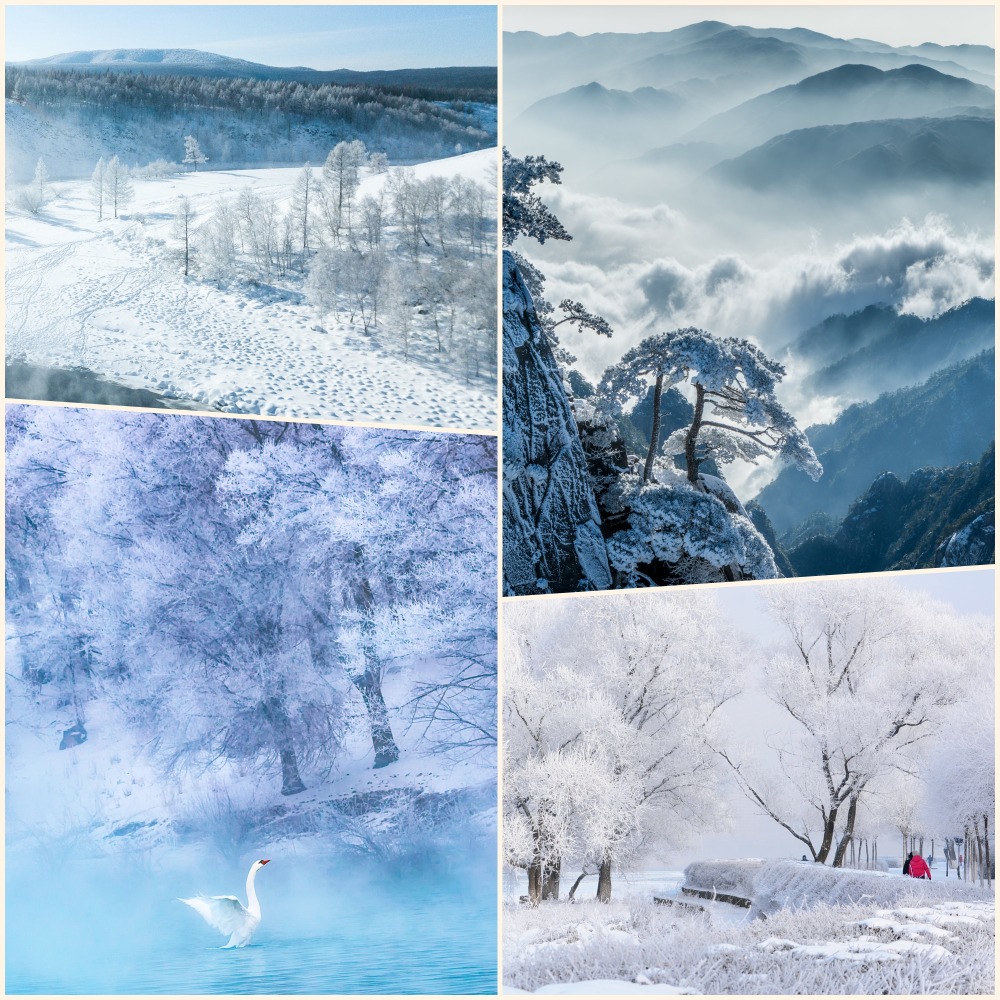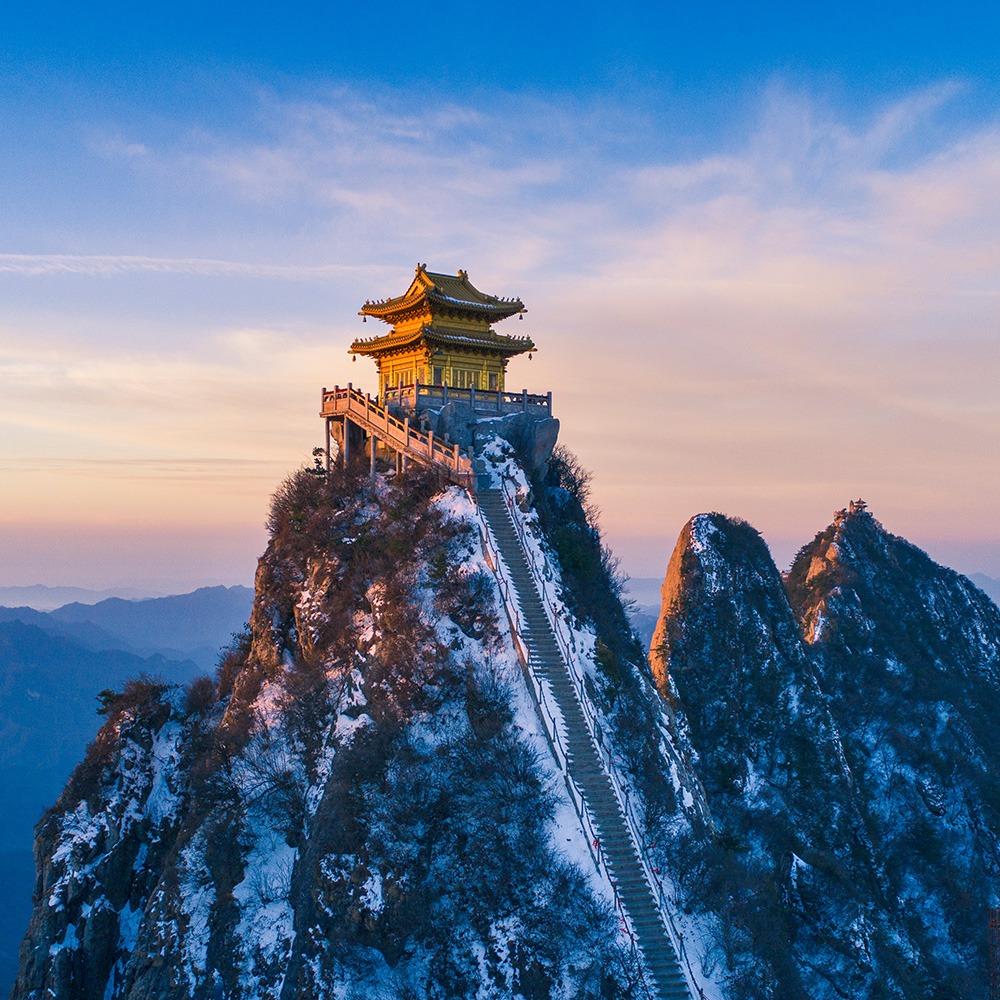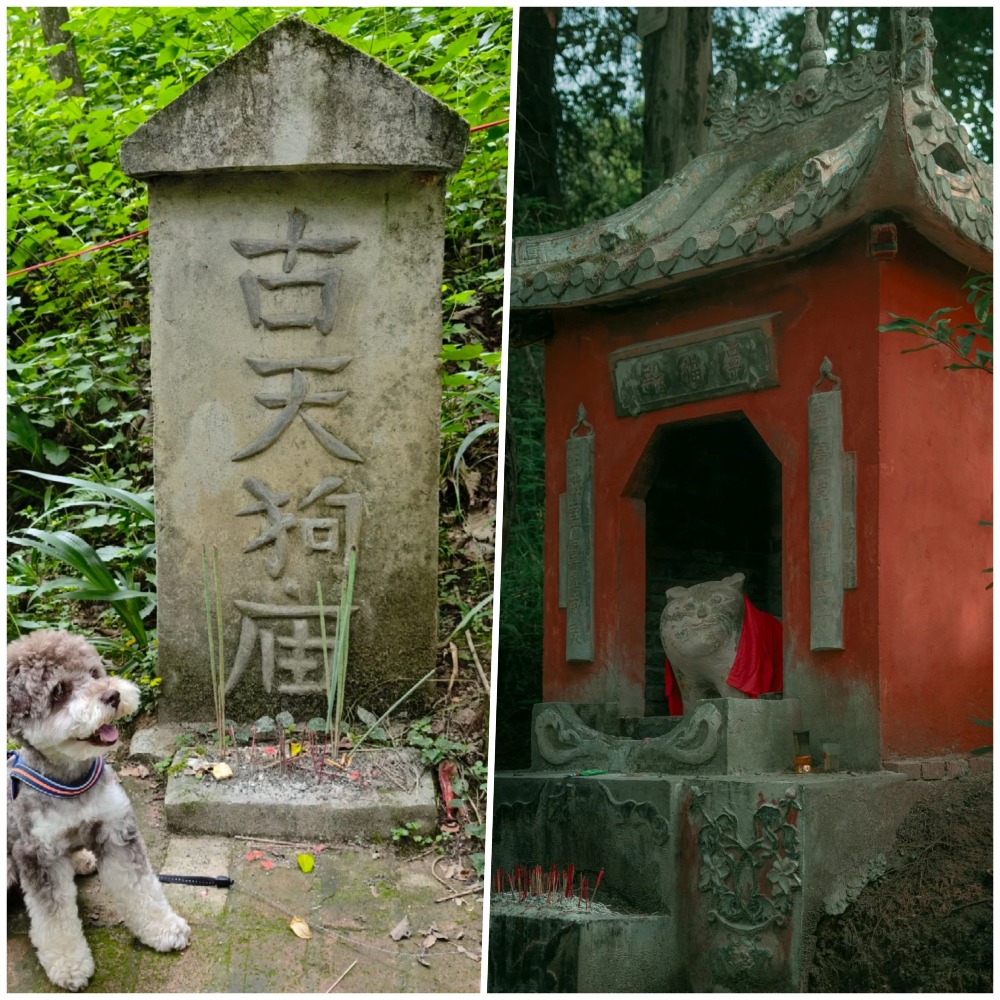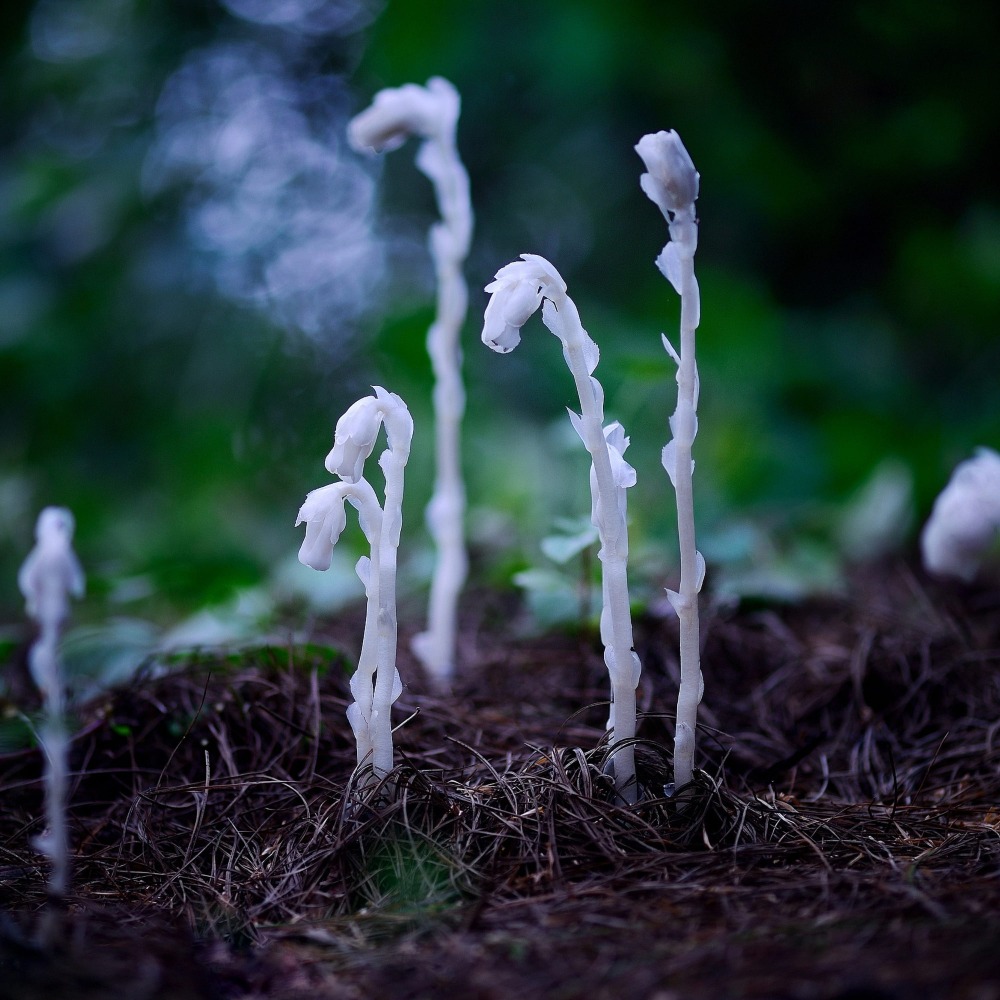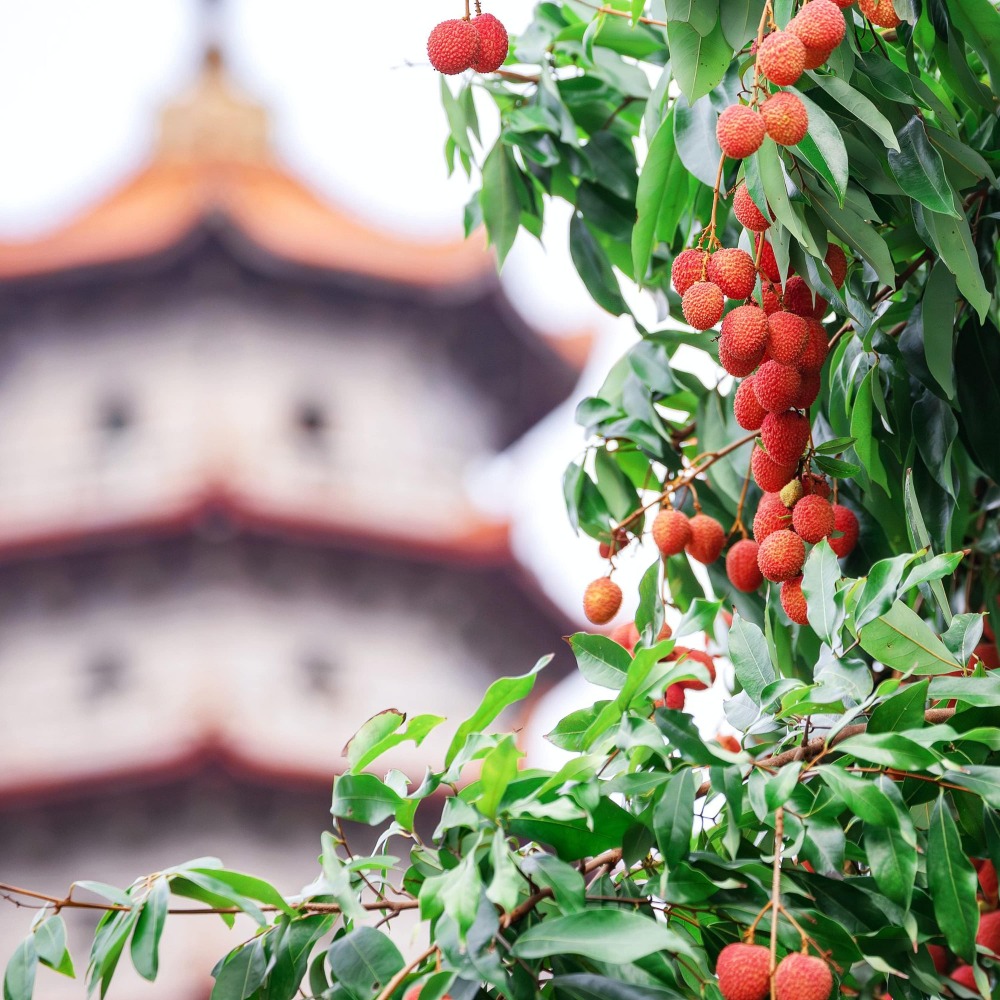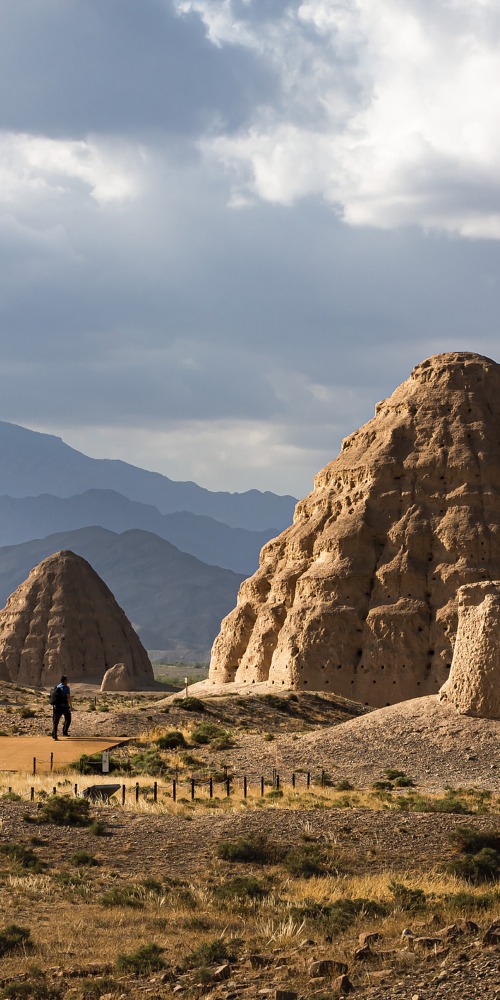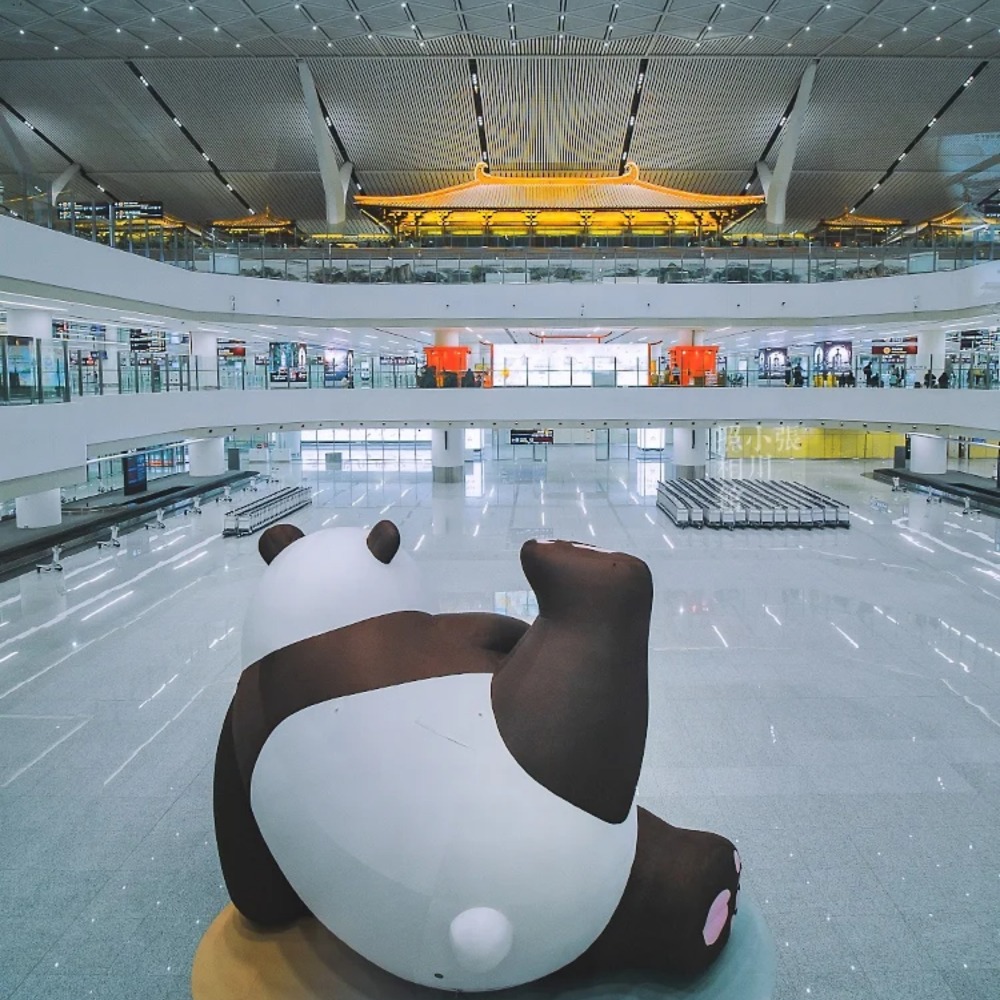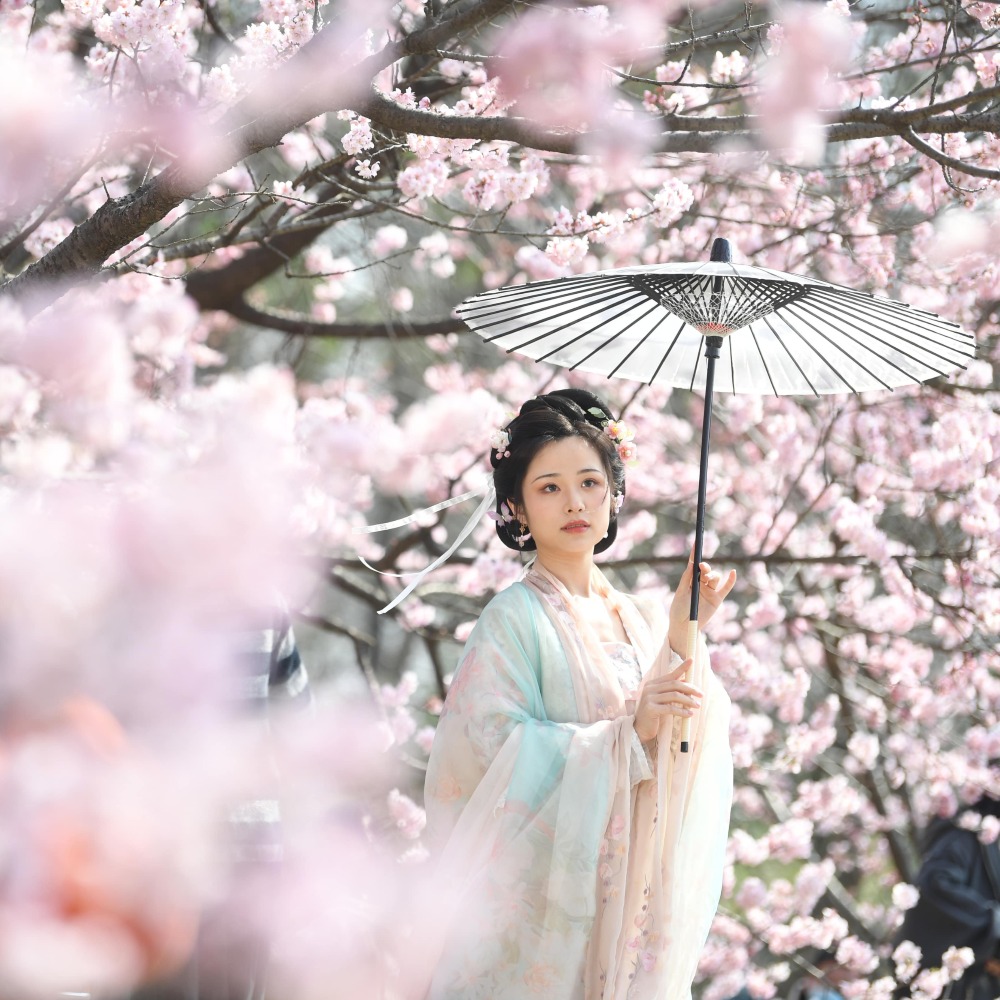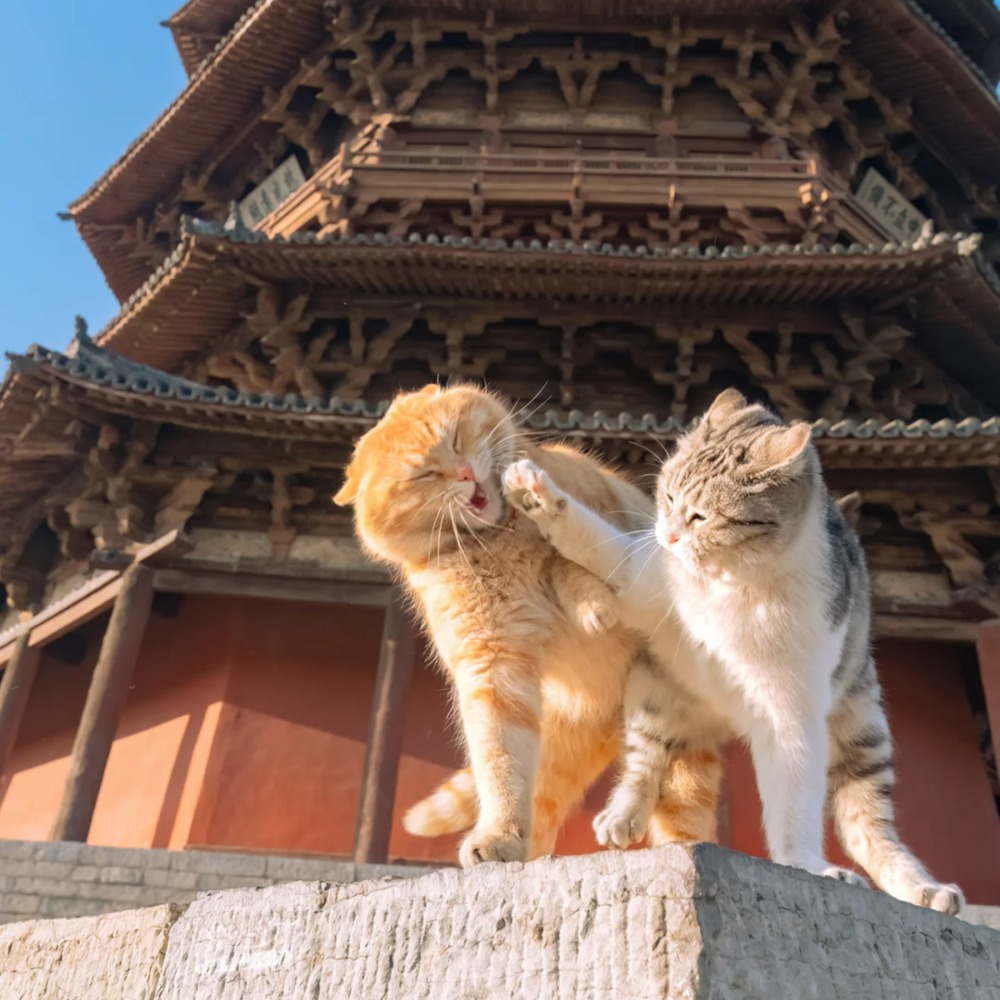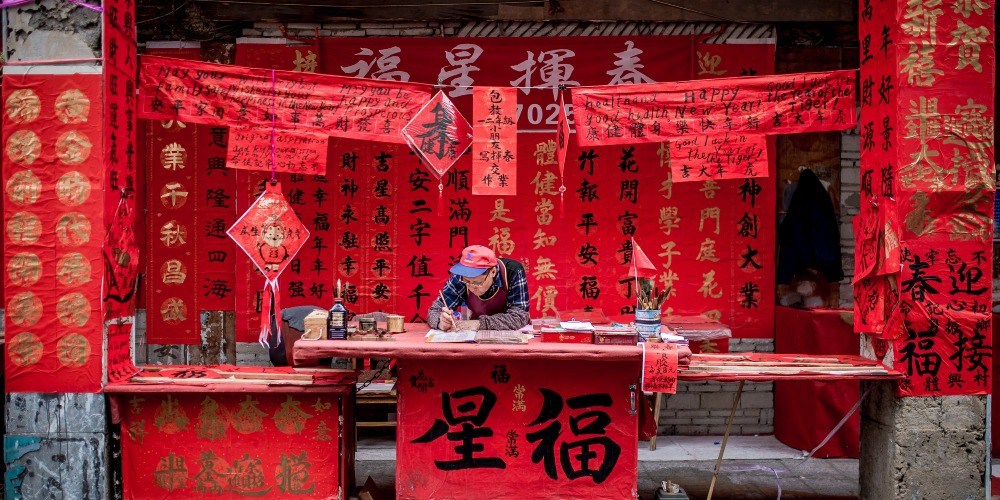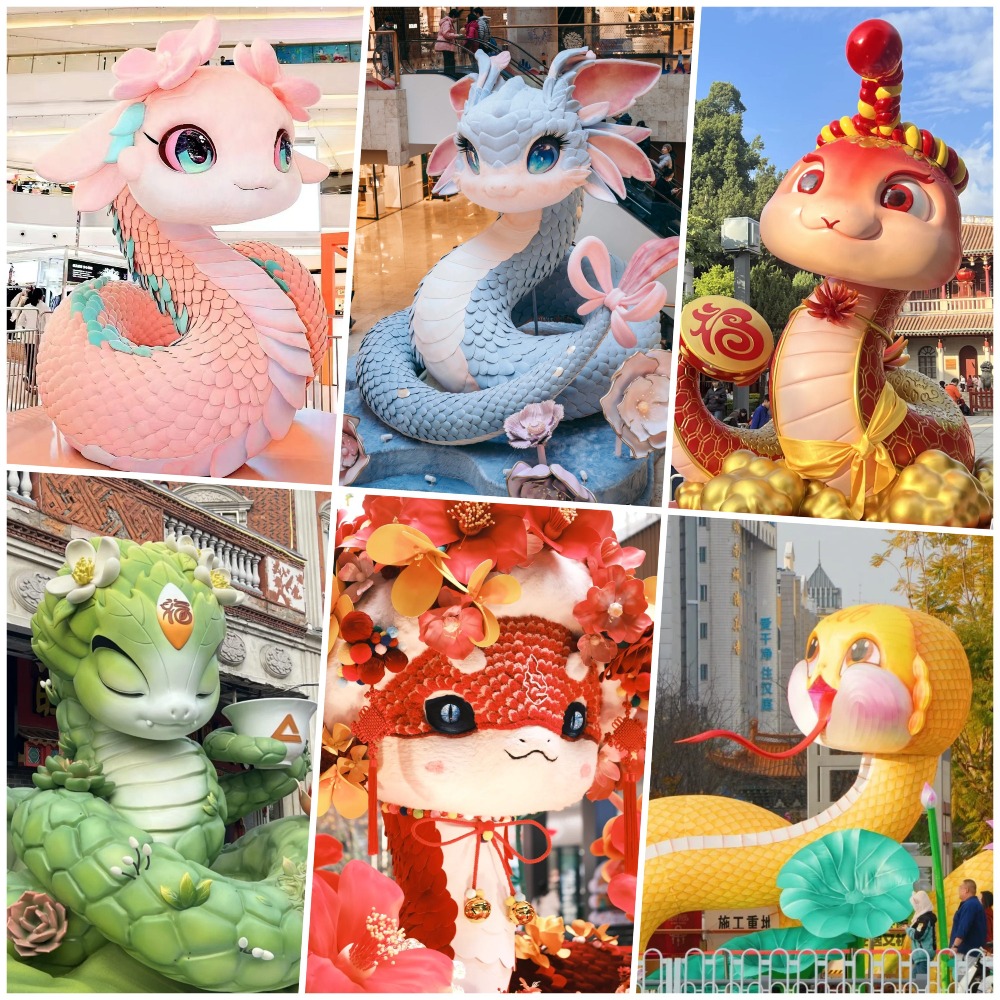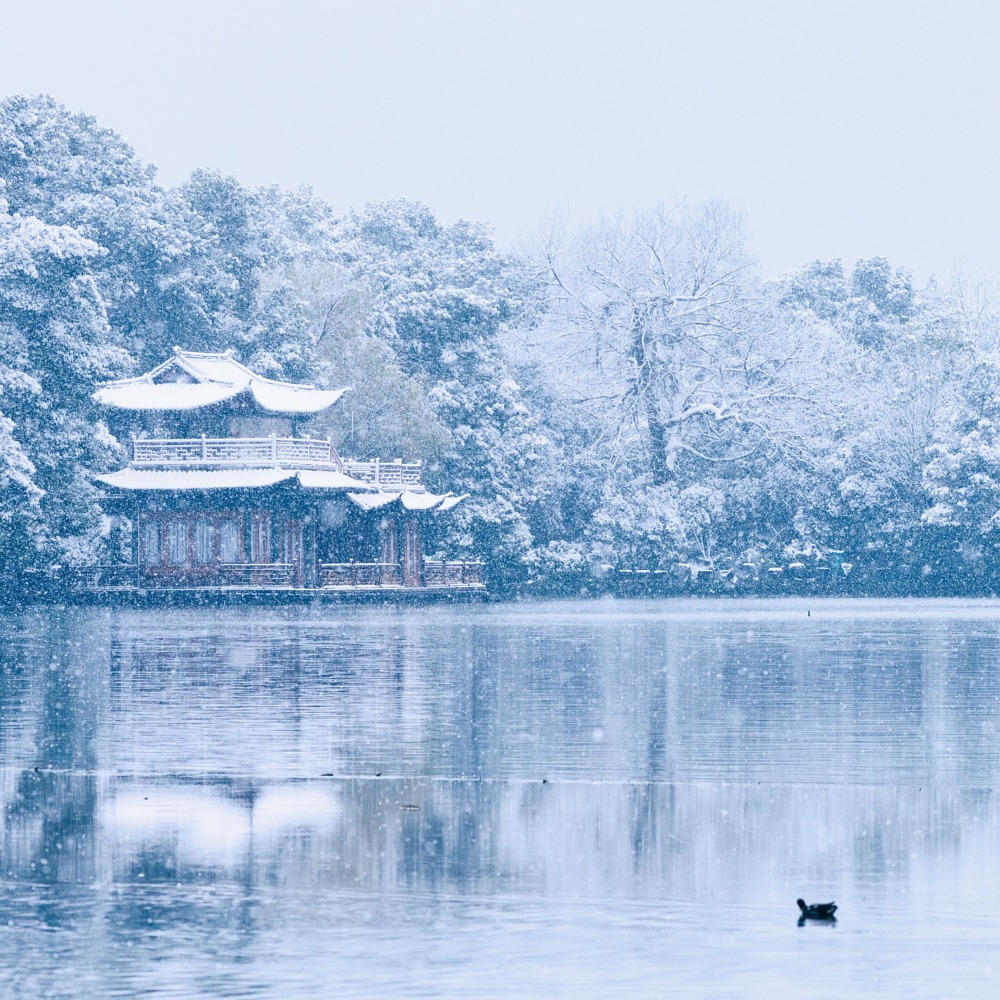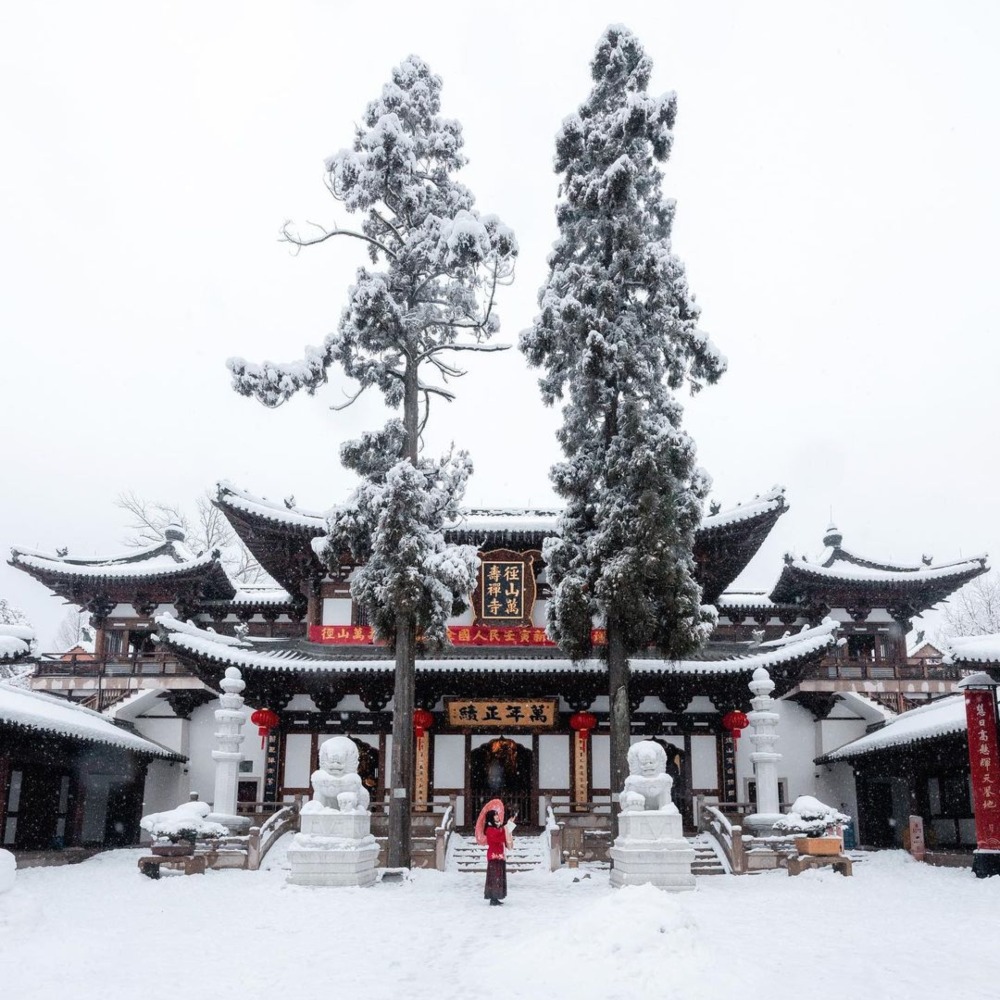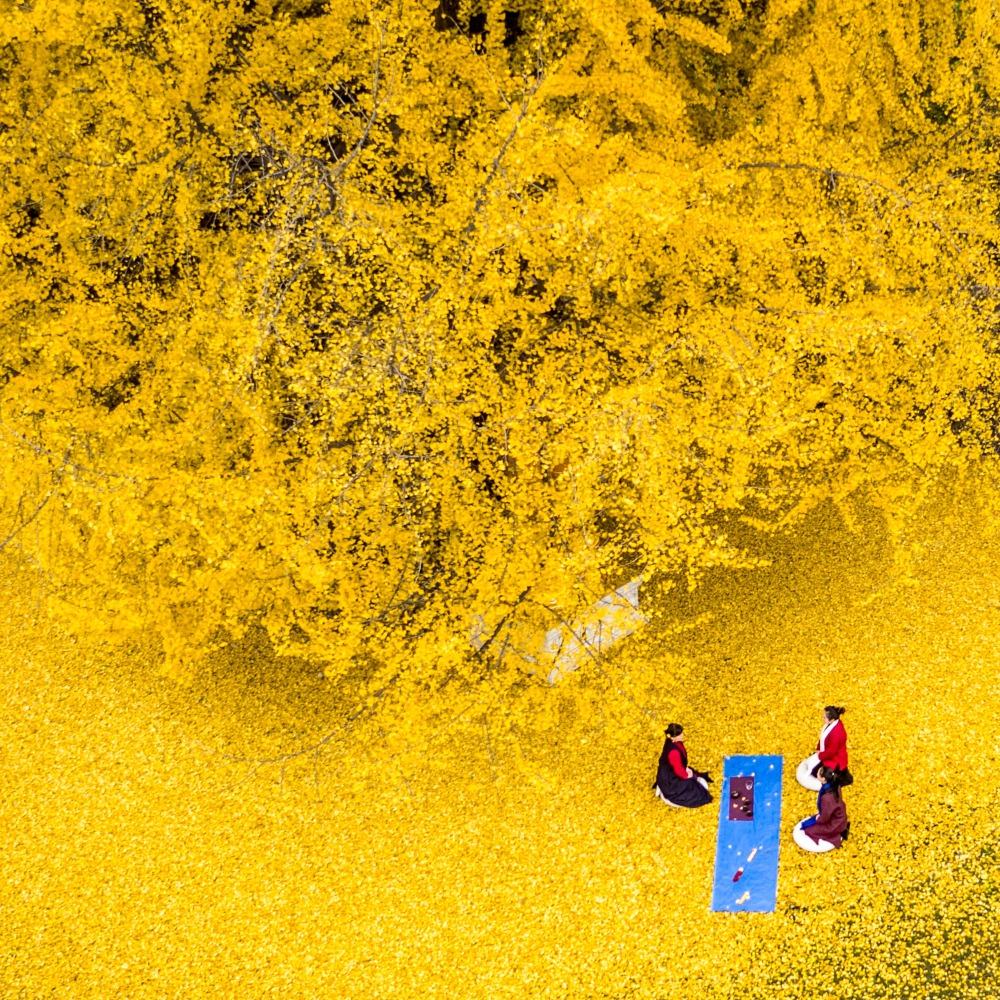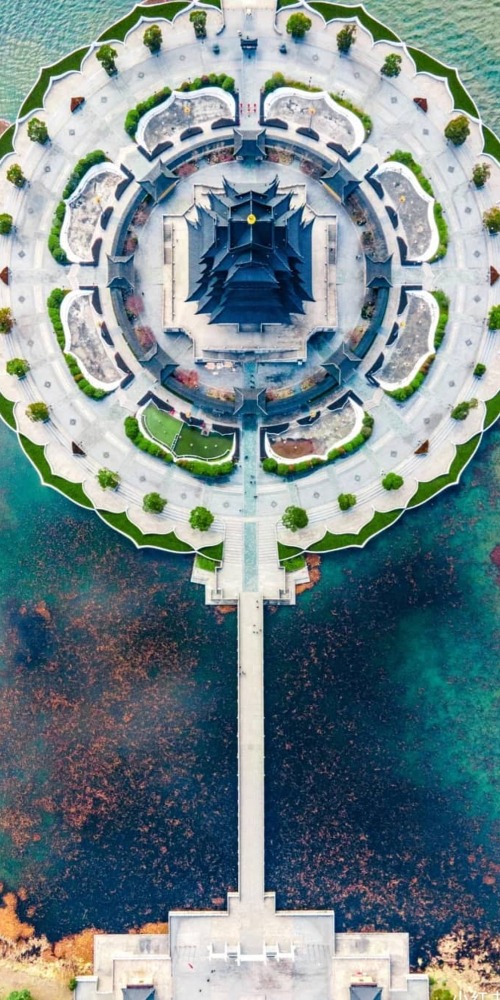Published : 2023-08-22
Suzhou is famous for its exquisite mountain and water scenery and classical gardens around the world, and it's praised as having the finest gardens in South China and that the gardens in Suzhou are the finest among them.
According to records, Suzhou City has more than 200 classical gardens, both large and small. The most famous are four from different eras: the Song Dynasty's Canglang Pavilion, the Yuan Dynasty's Lion Grove Garden, the Ming Dynasty's Humble Administrator's Garden and the Qing Dynasty's Lingering Garden.
These four are known far and wide as Suzhou's "Four Famous Gardens".
Today, let's take a tour through these gardens and enjoy the unparalleled art of Chinese ancient architecture.
Canglang Pavilion: The oldest official garden in Suzhou
The Canglang Pavilion is the oldest existing garden located in the south of Suzhou City. It was built between 1041 and 1048 during the Northern Song Dynasty.
It was originally a pool house (guest house) of the King of Guangling of Wu-Yue in the Five Dynasties period, and was also the residence of the famous general Han Shizhong in the Southern Song Dynasty.
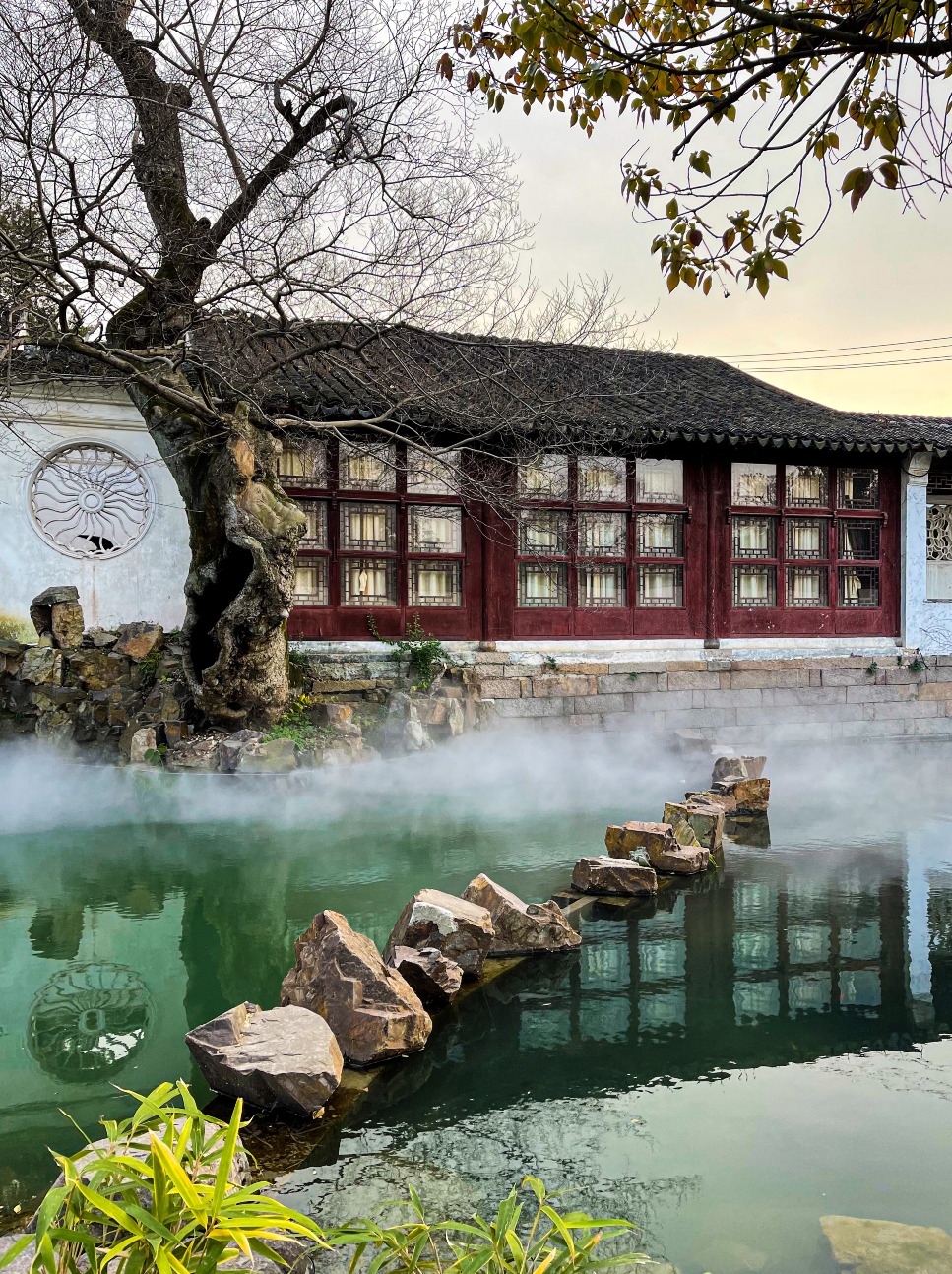
The central landscape of the Canglang Pavilion is mountains and rocks. As you approach the garden, a pond of green water comes into first view emitting a sense of ancient simplicity and tranquillity.
A dirt mountain lies ahead with a stone pavilion named Canglang built on it. Below the mountain, a pond is dug and connected by a winding covered walkway, creating an effect where the mountain and water borrow scenery from each other.
Located in the south-eastern part of the rockery, Ming Dao Hall, with a width of three, is the largest main building in the Canglang Pavilion. It is a fascinating place to visit with the buildings in the garden, surrounded by ancient trees and beautifully secluded water pavilions.
Read more: From chemical plant to classical garden: The transformation of China Yard
Lion Grove Garden: The most Zen-like garden in Suzhou
The Lion Grove Garden, originally named Fives Pines Garden, is located in the northeastern part of Suzhou City, right across the street from the Humble Administrator's Garden.
It was built during the Yuan Dynasty (1342 A.D.), and is one of the representatives of classical Chinese private gardens, where the gardening techniques are integrated with Buddhist culture.
The Lion Grove Garden has a forest of stone peaks with a variety of shapes, mostly resembling lions, hence the name "Lion Grove Garden". Unlike most Suzhou classical gardens, which feature literati landscapes, the Lion Grove Garden incorporates Buddhist concepts into its design.
The most prominent display of this approach is the artificial mountain group within the garden.
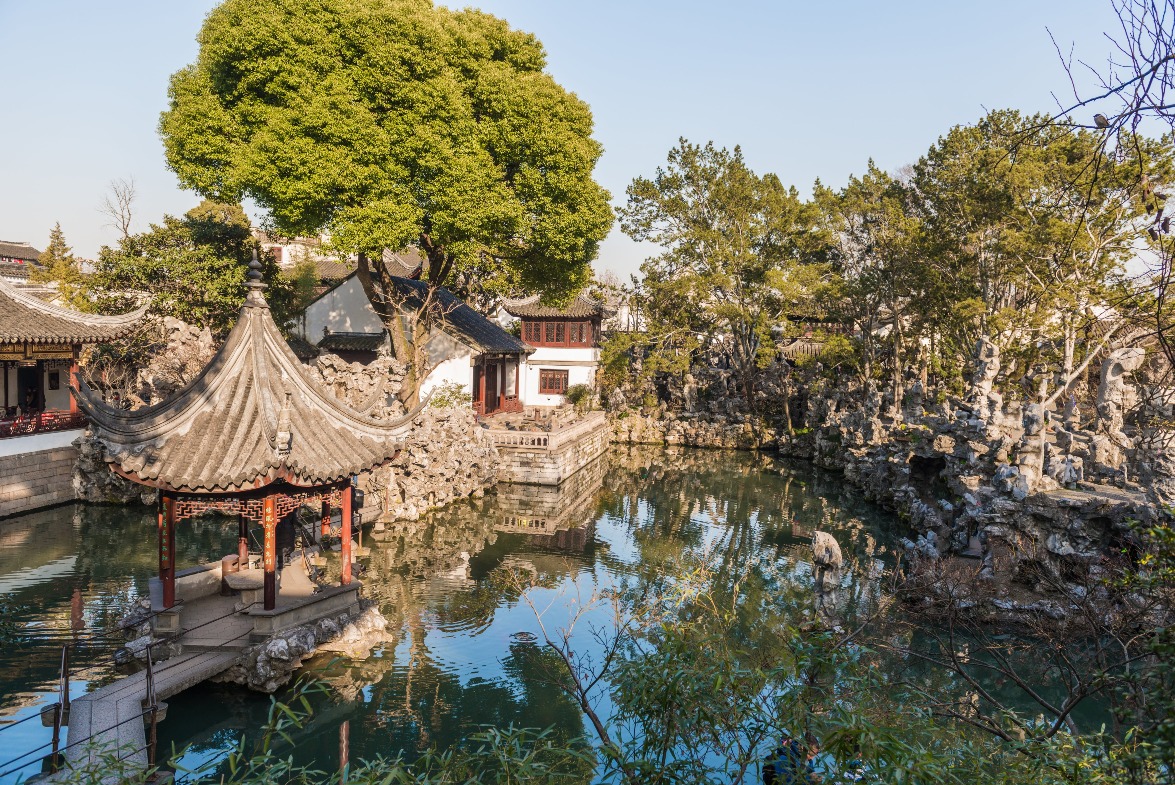
Although the Lion Grove Garden isn't large, it possesses the largest group of ancient artificial mountains in the country, earning it the title of China's "Kingdom of Rockery".
The rockery is divided into upper, middle, and lower sections, with a total of 9 mountain paths and 21 passages. Wandering among them presents a fascinating view of intertwining roots, like in the Eight Trigrams, full of mystery.
Viewing the entire garden, buildings are cleverly arranged. Beautiful and varied lakeside rockeries are surrounded by winding corridors, exuding a sense of zen-like forest landscape.
Read more: The Qianlong Emperor's numerous visits to West Lake Dragon Well and his poetry for tea
Humble Administrator's Garden: The largest garden in Suzhou
In terms of fame among the four famous gardens in Suzhou, the Humble Administrator's Garden is undoubtedly the most renowned.
The Humble Administrator's Garden is a representative of Chinese classical garden art, ranked among the top four famous gardens in China.
It is located in Loumen in Suzhou, and was built during the reign of Emperor Zhengde in the Ming Dynasty (1506-1521 A.D.). The garden was originally a temple garden, with a history of 500 years.
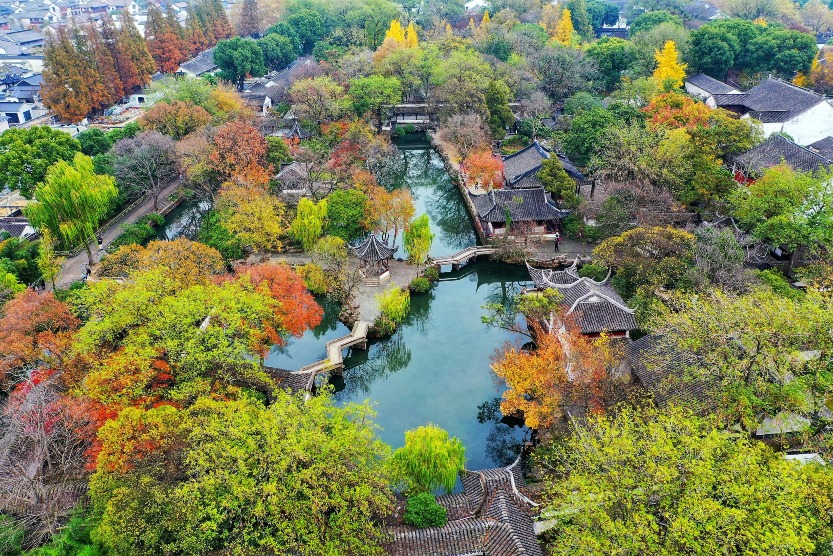
Covering an area of 52,000 square metres, equivalent to approximately 124 standard basketball courts, the Humble Administrator's Garden is the largest existing classical garden in Suzhou.
Once you enter the garden, water elements are designed everywhere. Within the grounds, buildings like pavilions and halls are constructed around the waterways, divided into east, central, and western gardens.
Among them, the central garden is the essence of the whole garden. Here, the pool water occupies one third of the area, with a pond filled with abundant trees.
Alongside buildings situated at different heights by the waterside, this create a beautiful and poetic scenery of depth.
Lingering Garden: A garden with the most exquisite arrangement in Suzhou
Like the Humble Administrator's Garden, the Lingering Garden has been ranked among the "top four famous gardens in China", located outside Changmen in Suzhou.
It was initially built during the Wanli period of the Ming Dynasty (1593 A.D.), and then fell into disrepair and was restored several times during the Qing Dynasty. The design reflects the style of that era.
Covering an area of 23,330 square metres, the Lingering Garden is a large-scale classical private garden. Although the number of buildings is the largest in Suzhou, the spatial layout of the garden is never confined, but is extremely beautiful.
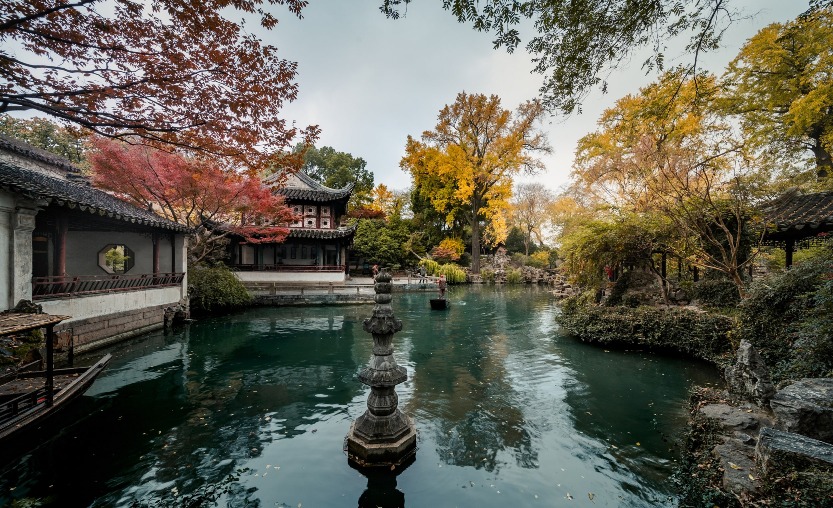
The whole garden adopts an irregular layout, which can be roughly divided into four areas: middle, east, north, and west.
The central garden is famous for its picturesque mountain and water sceneries, the eastern garden for its intricately arranged halls and courtyards, the northern garden for its exquisite and ancient Penjing (bonsai), and the western garden for its prominence on the fun of the mountain forest.
The integration of garden architecture and mountain, water, and plant sceneries brings out natural beauty.
Read more: Yuejiang Tower: The first floor of Jiangnan
